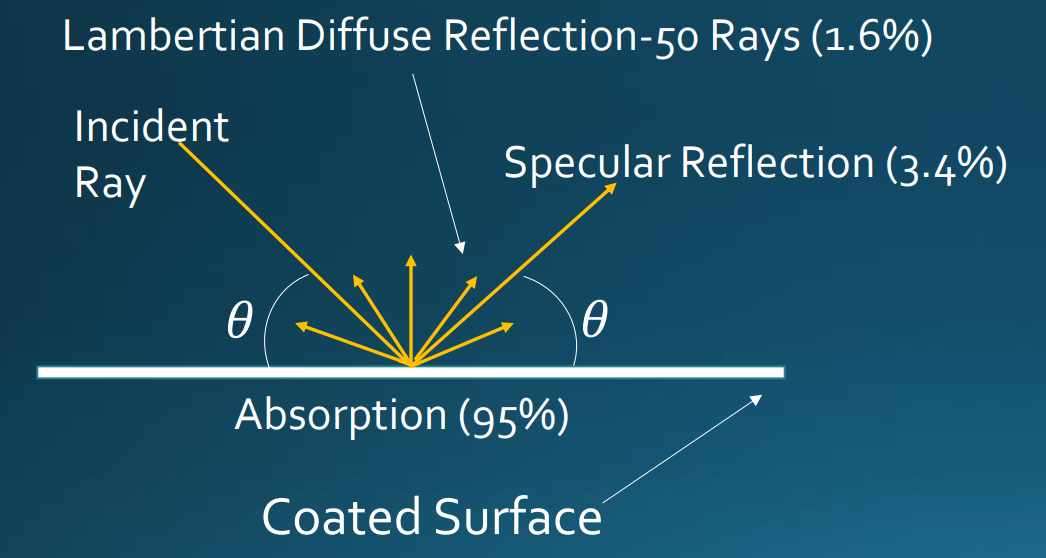absorptive and scattering surfaces in NSC
ABg scattering seems to describe only scattered rays on "reflective" surfaces in zemax non-sequential mode. Is there an easy way to model a surface that scatters only a fraction of the incident radiation. Any ABg model I apply to a surface seems to include a large specular component I can't seem to control.
Reply
Enter your E-mail address. We'll send you an e-mail with instructions to reset your password.







